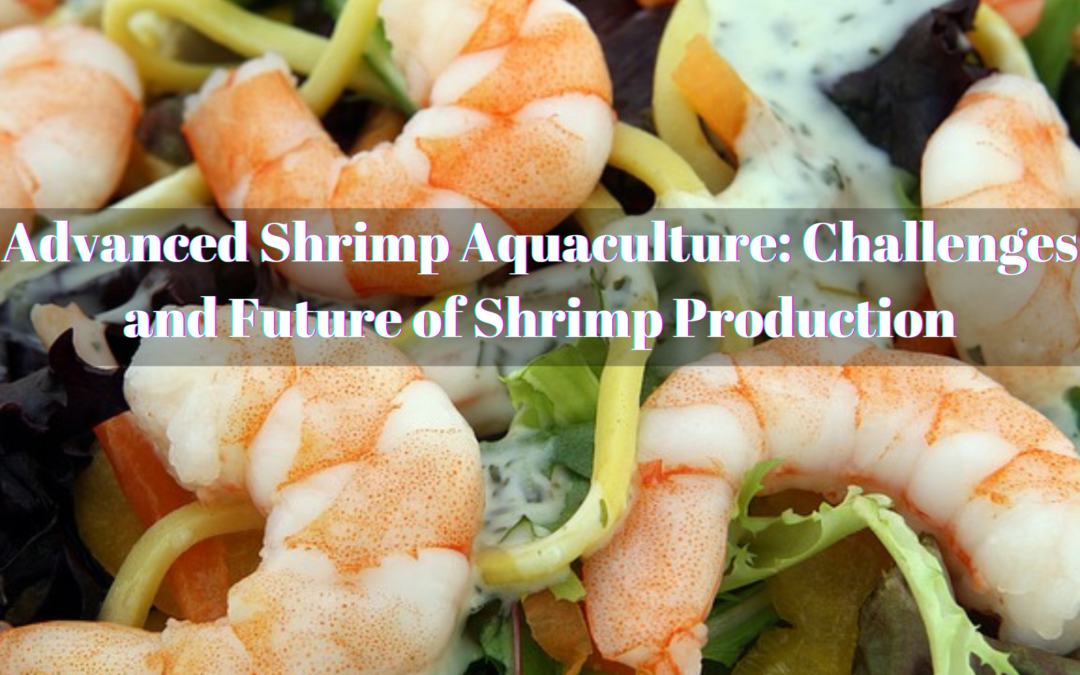The practice of shrimp farming in ponds originated in the Southeast Asia region where it has been practiced for centuries. Shrimp aquaculture has grown through the years into one of the largest industries. Shrimp is significantly one of the highest consumed seafood in the United States and globally. Shrimp farming has continued for decades and currently, at least 50 countries around the world are involved in shrimp aquaculture. Shrimp aquaculture supports at least an estimated number of 2.5 million indirect jobs.
Production of Shrimp
The technology used in the production of shrimp tends to be extensive and semi-extensive with much potential to improve the practice through the implementation of innovation and standardization procedures. Knowledge of nutritional needs is important and should be given emphasis if the sustainability of the practice is to be realized. When involved in the production of shrimp, it’s important to note that having an in-house hatchery can help with controlling larvae quality. Shrimp grow from the larvae state to market-size production in about 120 days.
Traditionally, shrimp aquaculture takes place on a commercial level in outdoor ponds. The demand for shrimp has increased in recent years and this is mainly due to its high nutritional value, zero carbs, low-fat protein, and low-calorie content. Shrimp is also rich in vitamins and minerals and is considered to be a healthy diet. As the aquaculture industry continues to grow, oceans are getting polluted and also depleted of wild fish stock which makes aquaculture to be the best option for feeding the growing world population.
Since the onset of commercial aquaculture; there have been numerous technological advances that have been applied to shrimp aquaculture. Despite the 50 years of farming experience; there are still some shortcomings with the process that farmers should take note of.

Challenges of Shrimp Farming
Bacteria and viruses are some of the leading contributors to the loss of shrimp harvest. The fact that many use growing tanks mean that by the time the farmer gets to recognize the outbreak, the bacteria and viruses have already spread through the tank. Treatment of viruses and bacteria is normally done using antibiotics, however; there have been concerns about the consumption of antibiotic-raised shrimp. Currently, there hasn’t been identified a way to combat viral outbreaks and that means such an outbreak might lead to great loss including added expenses that come with draining and sanitizing the ponds.
Another challenge is in the area of feeding. Feeding shrimp can be quite labor-intensive as feed disbursement and intake needs to be closely monitored. Farmers should ensure that there is sufficient feed if stagnated growth and starvation is to be avoided.
The Future of Aquaculture
Aquaculture is one of the fastest-growing food production sectors worlds over. The majority of aquaculture visionaries have claimed that land-based farming is the future that’s needed considering the fact that the cutting-edge approach to fish farming came from the environmental concerns that surround ocean-based operations and the belief of trying a better way.
P. S: – For more information on shrimp aquaculture; visit EAT Community. You will surely find valuable insight on how to get started with your own fish farm.



